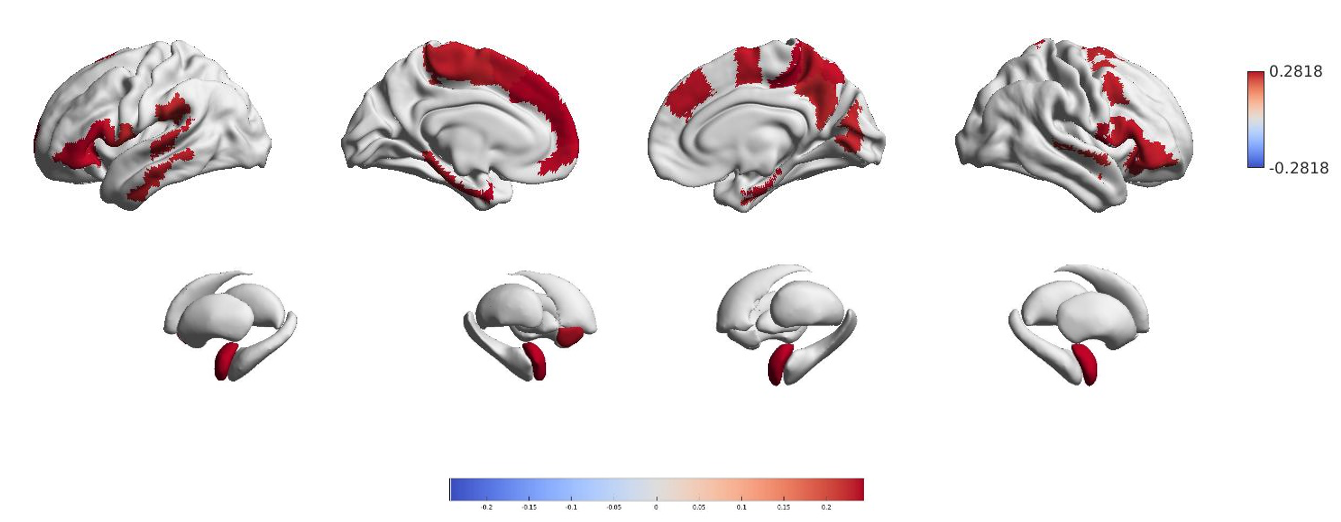Category: Parkinson's Disease: Neuroimaging
Objective: To find related brain structures with the motor reserve in Parkinson’s disease (PD).
Background: There is a discrepancy between the severity of parkinsonism and dopaminergic degeneration, which could be explained by motor reserve in PD patients. We investigated relevant brain structures to the motor reserve in PD patients using diffusion tensor imaging (DTI).
Method: We recruited drug-naïve, early PD patients and performed dopamine transporter (DAT) scan and diffusion tensor magnetic resonance imaging. We estimated individual motor reserve estimate based on the discrepancy between the severity of motor symptoms and DAT uptake using residual model[YJ1] , and validated with the correlation with levodopa equivalent daily dose after 2 years. The severity of motor symptoms was checked by Unified Parkinson’s disease Rating Scale (UPDRS) score of bradykinesia and rigidity in more affected side, and DAT uptake by DAT uptake of more affected putamen. Using Brainnetome atlas, we investigated the brain structures correlated with motor reserve using correlation analysis between diffusion tensor imaging analysis and motor reserve estimate.
Results: We recruited 193 drug-naïve PD patients with mean disease duration of 15.6 ± 13.2 months. DAT uptake in more affected putamen was correlated with bradykinesia and rigidity score in dominant symptom side, and the motor reserve estimate successfully predicted the increase of levodopa equivalent dose after 2 years. In the correlation analysis, fractional anisotropy values of frontal lobe and temporal lobe, limbic structures, nucleus accumbens and thalamus were positively correlated with the motor reserve, and the values of degree centrality of frontal lobe and temporal lobe, and limbic structures were associated positively with the motor reserve. There were no brain structures related with mean diffusivity value.
Conclusion: Our results support the concept for motor reserve in PD, and non-dopaminergic system including limbic structures and frontal function are important for motor reserve in PD.
To cite this abstract in AMA style:
J. Youn, JH. Won, M. Kim, SH. Moon, M. Kim, JH. Ahn, YE. Huh, H. Park, JW. Cho. Non-dopaminergic system is related with motor reserve in Parkinson’s disease [abstract]. Mov Disord. 2022; 37 (suppl 2). https://www.mdsabstracts.org/abstract/non-dopaminergic-system-is-related-with-motor-reserve-in-parkinsons-disease/. Accessed December 23, 2025.« Back to 2022 International Congress
MDS Abstracts - https://www.mdsabstracts.org/abstract/non-dopaminergic-system-is-related-with-motor-reserve-in-parkinsons-disease/

